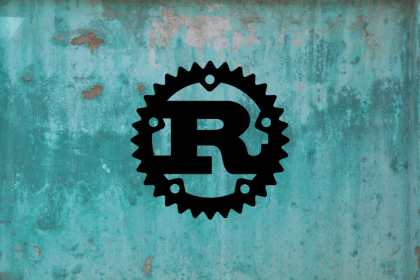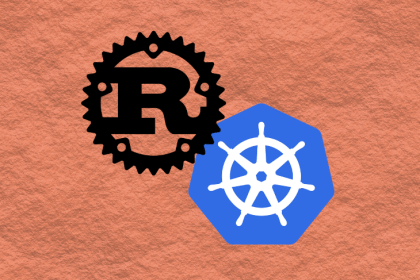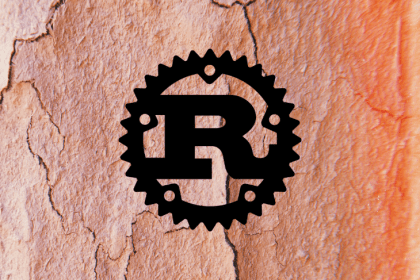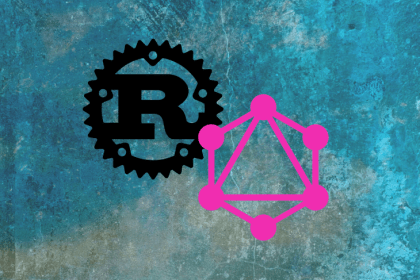
Prometheus has rightfully become an industry standard for collecting metrics. Learn how to collect system and custom Prometheus metrics in a Rust web service.

Virtually all web apps require some form of authentication. In this guide, we’ll evaluate nine stable, production-ready authentication libraries based on their popularity, completeness, maintenance, and support for stable Rust.

The Rust ecosystem is growing, and it’s only a matter of time before we see the first Rust and MongoDB apps in production. In this tutorial, we’ll walk through how to use MongoDB in a Rust web service.

The Rust compiler is a bit pedantic, which can be frustrating, especially when just starting out. In this guide, we’ll explore ways of using Rust that make it unnecessary to write integration tests.

In this tutorial, you’ll learn how to test a warp web application, focusing on integration and, more specifically, end-to-end testing.

rust-analyzer is a frontend compiler for Rust programming. In other words, it’s an IDE server that provides semantic analysis, smart code completion, and more.

This guide serves as an introduction to WebAssembly and a tutorial on how to set up and work in a Rust Wasm environment.

You can use Redis for caching, as a message broker, or simply as a database. Learn three approaches to using Redis inside a Rust web application.

If you’re writing an asynchronous program in Rust or using an async library for the first time, this tutorial can help you get started.

Packaging web apps as Docker containers benefits both local development and server deployment. Learn how to put a Rust app inside a Docker container.

Considering your code’s abstract properties can help you understand it better. Learn how to conduct property-based tests in Rust with Proptest.

Rust is a great option for building reliable and performant web backends in general, and its powerful macro support makes working with GraphQL an absolute pleasure.